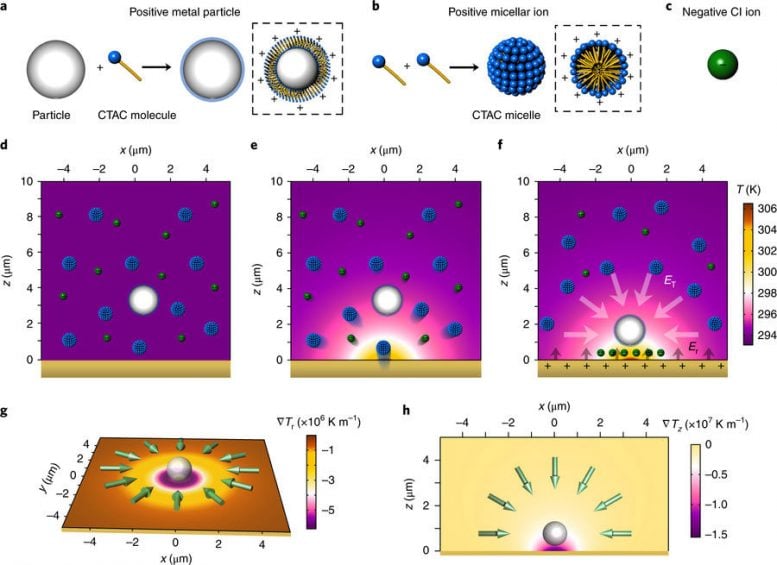
Fig. 1: Working principle of OTENT. a, Surface charge modification of a metal nanoparticle by CTAC adsorption. b, Formation of CTAC micelles. c, Schematic view of a Cl− ion. d, Dispersion of a single metal particle and multiple ions in the solution without optical heating. e, Thermophoretic migration of the ions under optical heating. f, Steady ionic distribution under optical heating generates a thermoelectric field ET for trapping the metal nanoparticle. The repulsive electric field Er arises from the positive charges of the thermoplasmoic substrate and balances ET. g, Simulated in-plane temperature gradient ∇Tr and direction of the corresponding trapping force. h, Simulated out-of-plane temperature gradient ∇T z and direction of the corresponding trapping force. The incident laser beam in e–h has a diameter of 2 μm and an optical power of 0.216 mW. The green arrows in g and h show the direction of the trapping force. Nature Photonics (2018)
doi:10.1038/s41566-018-0134-3
It’s difficult to conceptualize a world where humans could casually manipulate nanoscale objects at will or even control their own biological matter at a cellular level with light. But that is precisely what Yuebing Zheng, assistant professor of mechanical engineering at The University of Texas at Austin, is working toward with his “nanotweezers” — a new tool for handling nanoparticles using light that could create opportunities for innovations in nanotechnology and individual health monitoring.
Building upon several years of research, Zheng and his team from the Cockrell School of Engineering have developed opto-thermoelectric nanotweezers (OTENT) that will help lead to a greater understanding of matter and biological systems and open a range of possibilities for fundamental and technical innovation in nanophotonics — the study of light-matter interaction on the nanometer scale. They explain their new work in the latest issue of the journal Nature Photonics.
“Until now, we simply did not know how to manipulate nanoparticles using optical heating,” Zheng said. “With our nanotweezers, we can not only control particles at the nanoscale, we can also analyze the particles and control the coupling in situ.”
Video of opto-termoelectric nanotweezers (OTENT) in action. Credit: Cockrell School of Engineering, The University of Texas at Austin
For one of the demonstrated applications of nanotweezers, Zheng worked with UT Austin chemical engineering professor Brian Korgel, who this year was elected to the National Academy of Engineering for his breakthrough work in nanocrystals and nanowires.
“This project was really interesting for me,” Korgel said. “It was led by a group in mechanical engineering who had discovered a way to manipulate individual nanoparticles and nanowires. Their expertise was in building the photonics machines but not in making the materials to use for the experiments. So, my group developed the synthesis of the nanowires used in the study. It was a great collaboration.”
Ernst-Ludwig Florin, associate professor of physics and a member of UT’s Center for Nonlinear Dynamics, along with graduate student Emanuel Lissek, provided additional expertise in precision measurements by demonstrating the strength of the nanotweezers.
This cooperation between nanophotonics, nanochemistry, and nanophysics research has provided the tools to manipulate and analyze nanoparticles in ways that have, until now, been beyond our reach. The UT research team has demonstrated how, using their nanotweezers, light can be used at the nanoscale in the same way mechanical tweezers are used to handle larger samples.
As a general technique, the nanotweezers are applicable to a wide range of metal, semiconductor, polymer, and dielectric nanostructures with charged or hydrophobic surfaces. Thus far, researchers have successfully “trapped” silicon nanospheres, silica beads, polystyrene beads, silicon nanowires, germanium nanowires, and metal nanostructures. The further arrangement of these nanomaterials in a rationally designed manner can lead to a better understanding of how matter organizes and potential discovery of new functional materials.
In a biological setting, Zheng believes that live cell manipulation and cell-to-cell communication will probably be a primary research focus for engineers wishing to exploit the capabilities afforded by the nanotweezers.
“Optimization of the current system to make it bio-compatible is the next step of our project,” Zheng said. “We expect to use our tweezers to manipulate biological cells and molecules at single-molecule resolution, to control drug release and to study the cell-cell interaction. The manipulation and analysis of biological objects will open a new door to early disease diagnosis and the discovery of nanomedicine.”
Zheng is confident the technology will be commercialized, even to the point where nanotweezers could be adapted for use in a smartphone app, almost like a modern-day Swiss army knife.
“That’s what we hope,” he said. “We also see great opportunities in outreach education, perhaps for students who want to see what a cell really looks like. In addition, it could be used to assess how healthy one’s immune system is functioning. It has the potential to be an important mobile diagnostic tool, giving people more autonomy over their own health care.”
This work is supported by the Beckman Young Investigator Program, the Army Research Office, the NASA Early Career Faculty Award, the National Institute of General Medical Sciences of the National Institutes of Health, the Robert A. Welch Foundation and the National Science Foundation.
Reference: “Opto-thermoelectric nanotweezers” by Linhan Lin, Mingsong Wang, Xiaolei Peng, Emanuel N. Lissek, Zhangming Mao, Leonardo Scarabelli, Emily Adkins, Sahin Coskun, Husnu Emrah Unalan, Brian A. Korgel, Luis M. Liz-Marzán, Ernst-Ludwig Florin and Yuebing Zheng, 26 March 2018, Nature Photonics.
DOI: 10.1038/s41566-018-0134-3

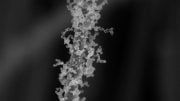
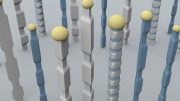
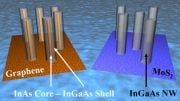
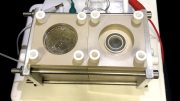
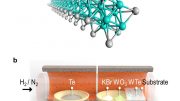
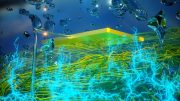

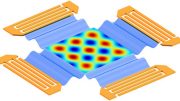
Be the first to comment on "Nanotweezers Open the Door to New Innovations in Medicine, Mobile Tech"